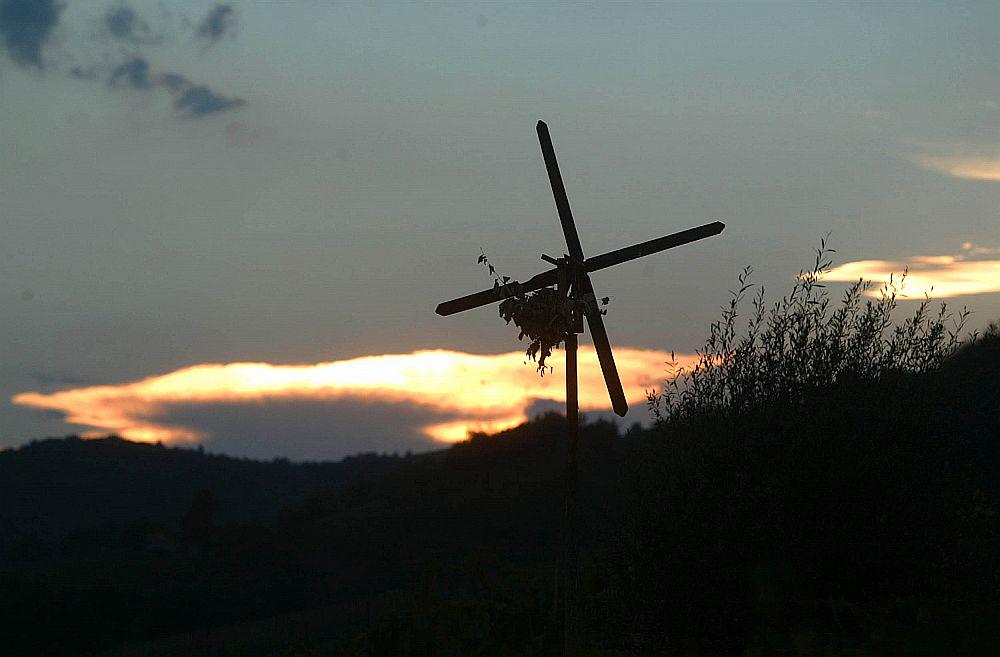
Prlekija’s traditional architecture is immediately apparent to visitors. Both modest houses and wealthy farms can be found scattered throughout the region, but some of the most interesting buildings can be found on the Mura River and its tributaries. For years, river mills provided the local population with flour – and an important source of income. Several of the mills have been lovingly preserved and can now be toured by visitors.
More unusual for this part of Europe is a full-sized windmill among the vineyards. Built more than two decades ago near the town of Sv. Jurij ob Ščavnici, the windmill was based on traditional designs from the region, and it has become one of the area’s leading tourist attractions. The people of Prlekija have long harnessed the power of wind for other uses. One of the symbols of the area is a klopotec -- a wind-driven rattle used to scare away birds from vineyards. Klopotci can be seen throughout Prlekija, but the one in Hermanci is thought to be the largest in the world – it weighs about a metric ton and has a span of more than 20 meters.
Prlekija is also a land of handcrafts, many of which survive to this day. While the neighboring region of Prekmurje, just across the Mura River, is known for its black ceramics, Prlekija is the home of distinctive red pottery, which is still made in several workshops. In Prlekija’s lowlands, willow trees provide branches for basket weavers, who also continue a long local tradition.
Prlekija’s culinary specialties also reflect the local environment – both the pleasant summers and the long, cold winters. Tünka, pork preserved in fat, is perhaps the most famous local dish. Others include a lard spread with onions, as well as bred with garlic and locally produced pumpkinseed oil. A pizza-like bread with cheese and eggs is a popular local appetizer.
Because of its relatively remote location, Prlekija has often been one of Slovenia’s forgotten regions. But with the emergence of wineries and restaurants that help to share the region’s culinary heritage, more and more visitors are beginning to discover that the hill country of eastern Slovenia contains a little-known world worth discovering.

































































